Healing Gardens
Types of Healing Gardens

Children & Discovery Gardens
- Design entrances with bright colors that are child-friendly and pleasant.
- Provide separate, age-appropriate areas for the range of children served.
- Create wide pathways that are spacious for staff, parents and children to easily explore the garden.
- Create a variety of hands-on activities for children to interact with nature.
- Provide opportunities for hands-on interaction in planting and harvesting.
- Children’s Facilities Gardens
- Design entrances with bright colors that are child-friendly and pleasant.
- Provide separate age-appropriate areas for the range of children served.
- Create wide pathways that are spacious for staff, parents and children to easily explore the garden.
- Create a variety of hands-on activities for children to interact with nature.
- Provide opportunities for children to plant and harvest.

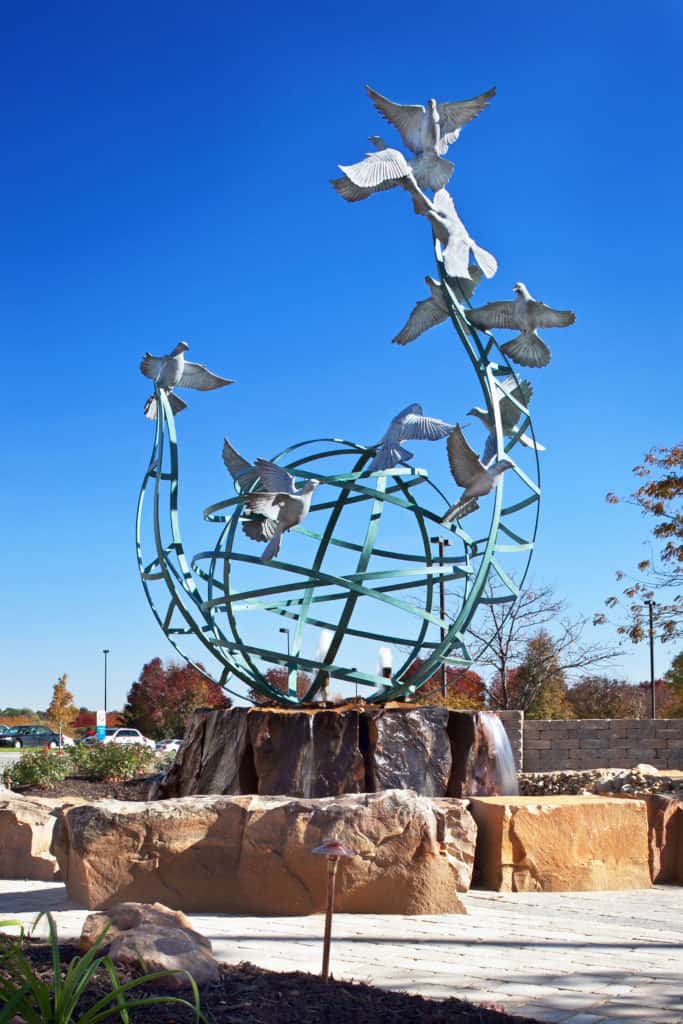
Nursing Home Gardens
- Use warm and high saturation tones such as red, orange and yellow that are easier for the elderly to see.
- Use plants with a variety of leaf textures, forms, and smells that stimulate the senses and memory.
- Create multiple walking routes to better suit the residents’ needs to maneuver around the garden areas.
- Install handrails.
- Design smooth transitions between indoor and outdoor areas.
- Use fences, walls and sunscreens to shield environment from harsh sunlight and natural conditions that may be disturbing to the garden.
- Control the amount of direct light that enters the garden by using dense canopies to minimize glare.
- The color of chairs and tables should contrast with floor material so they are distinguishable by people with sight impairments.
- Provide seating with back support and arm rests.
Memory Gardens
- Avoid creating paths that do not loop and cut to abrupt ends; this may cause frustration for residents who experience dementia.
- Ensure that plants are not poisonous and are healthy for the residents.
- Use plants the help accelerate and spark memory and conversation as well as activity; plants such as Areca Palm (Dypsis lutescens), Peppermint, English Ivy, Gardenia, and Golden Pothos.
- Each of these plants has specific care that needs to be applied to each.
- A large gazebo, wired for sound (music is especially soothing) and for fans on hot summer days can be a popular setting for staff-led programs.
- Create textures and apply colors that are calming for the environment of those at the stage of recovery.
- Provide seating with back supports and arm rests.
- Present a landmark such as a sculpture encircled by a bed of flowers or a water feature to help orient users of the space.
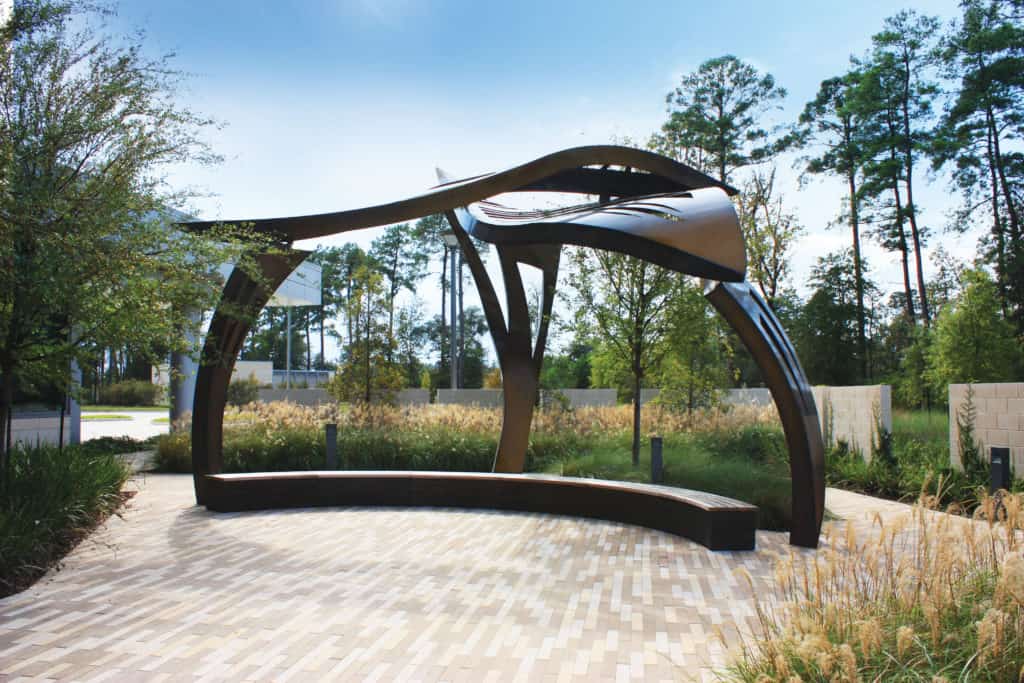
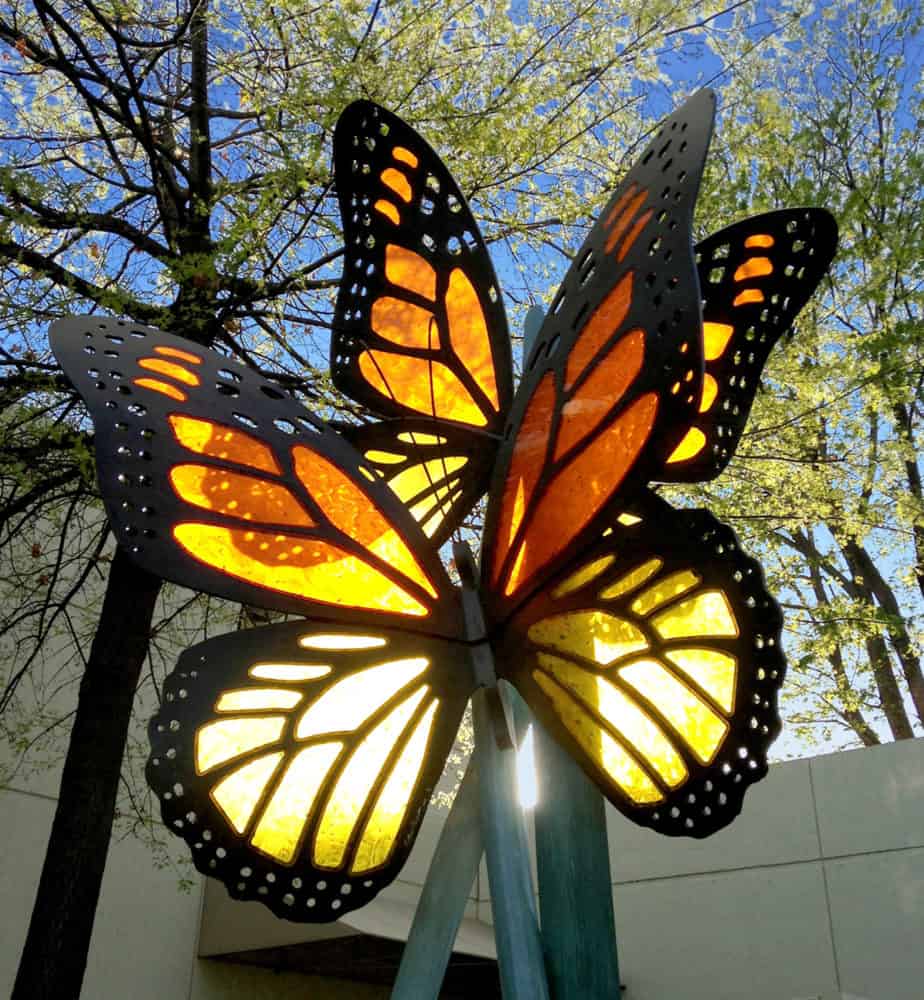
Hospice Gardens
- Provide a change in space between indoor and open air spaces to permit change in open-air light.
- Provide some calming common sounds in the enclosure. Hearing is usually the last sense that people experience before their death.
- Provide calm places to sit and ponder.
- Urge individuals to touch things in the arrangement by using plants and structures with an assortment of surfaces.
- Offer a perspective from the windows of patients who can’t go outside.
- Focus on designing with materials that enhance, instead of wear out with age.
Sensory and Fragrant Gardens For The Visually Impaired
- Use vivid colors and striking materials as reference focuses for people with poor sight.
- Use complex colors for holders, pathways, wall, entryway locks, steps, and different items that patients may struggle to find or perceive.
- Decrease clutter by appropriately spacing seating and décor.
- Install rails to help familiarize visitors with various areas.
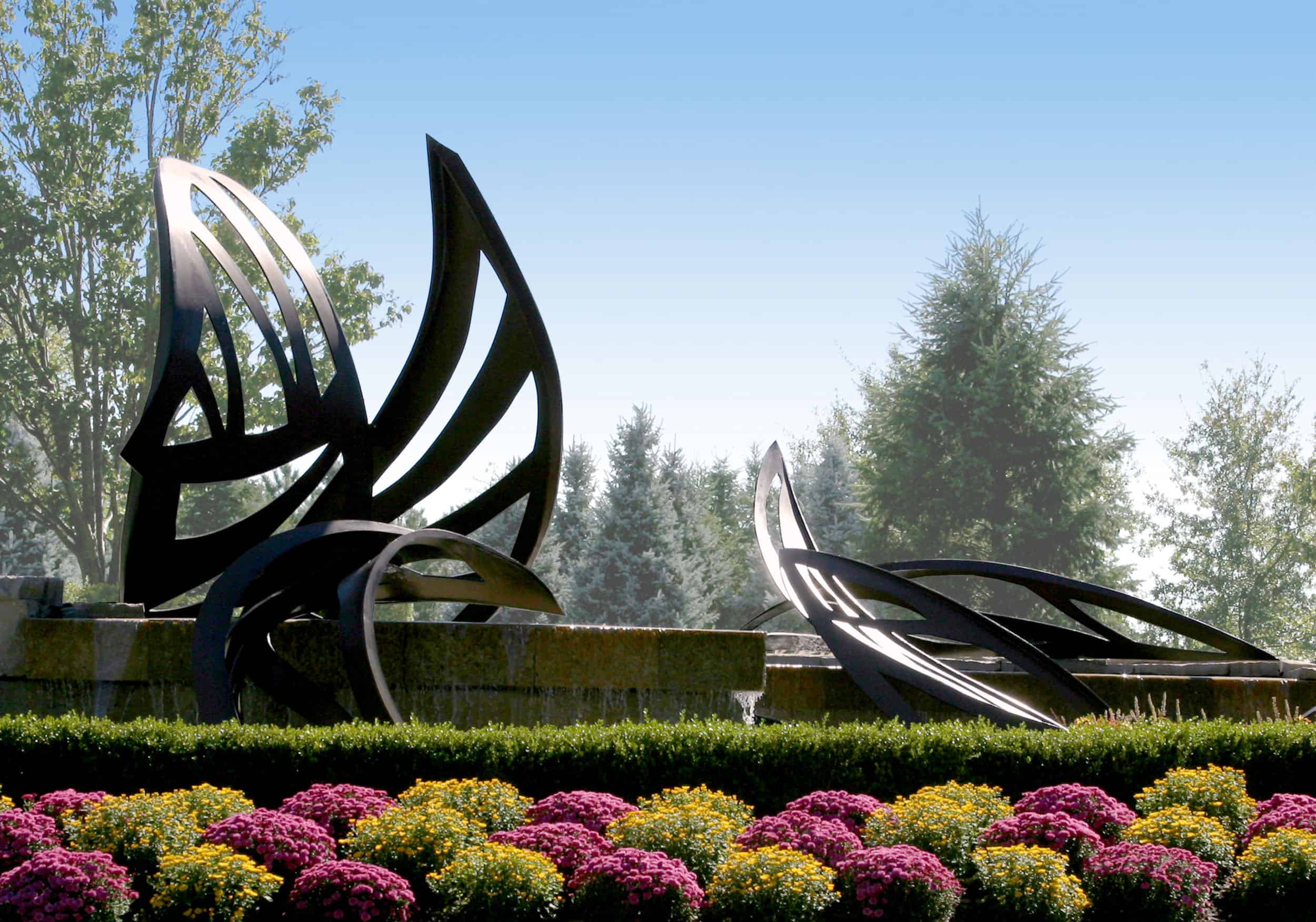
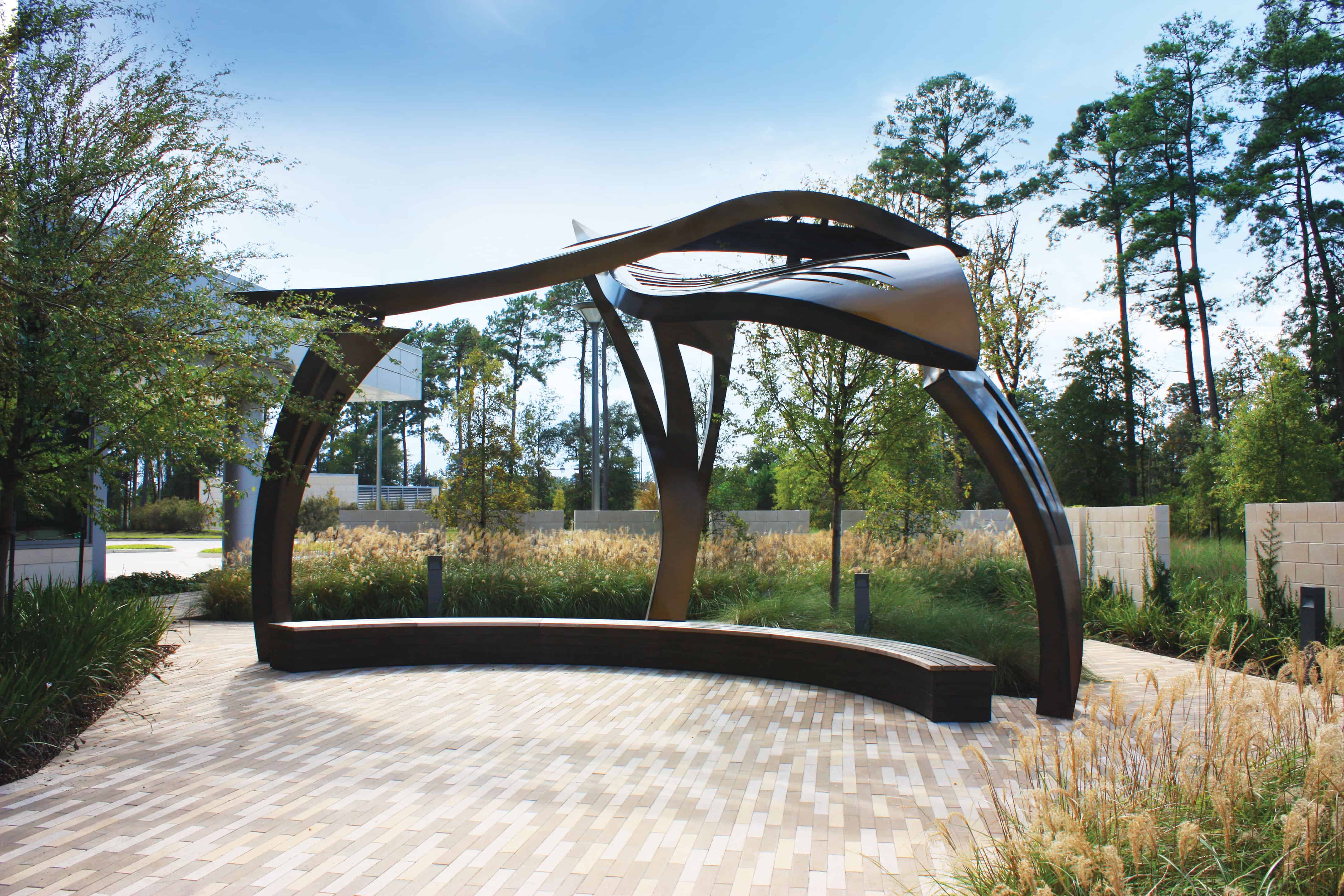
Meditation Gardens
- Provide a simple, uncluttered space of exploration.
- Provide seating that is convenient and comfortable for long periods of time.
- Avoid clashing colors. Instead, choose cool colors (violet, blue, green) in the plantings for the overall design for the garden.
